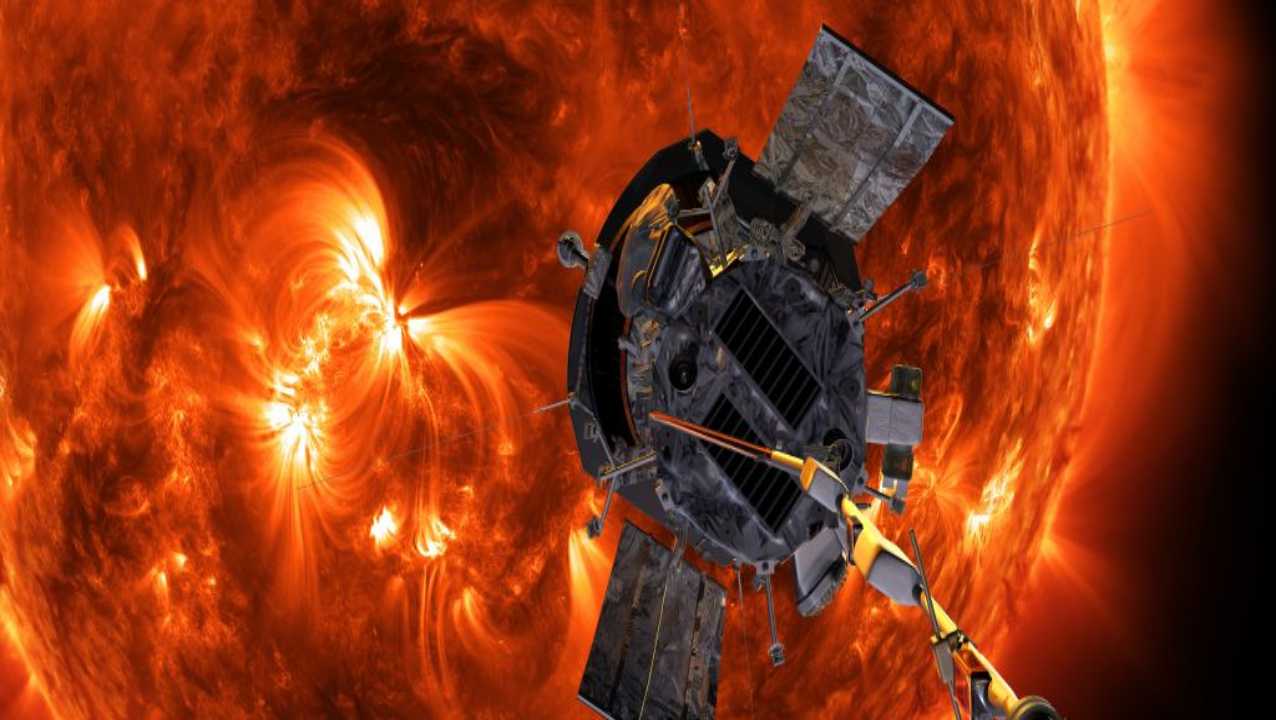NASA’s Parker Solar Probe is set to deliver a valuable Christmas present to solar scientists: a treasure trove of data collected during its imminent close encounter with the Sun.
On Christmas Eve, Parker will fly closer to the sun than any human-made object has ever dared. This close flyby is expected to take place on Tuesday, December 24 at 6:53 a.m. EST.
It will fly a mere 3.8 million miles (around 6.1 million kilometers) above the Sun’s blazing surface.
The probe will be out of communication with Earth during this closest approach to the Sun. To confirm its health after this critical phase, it is expected to transmit a beacon signal on Friday, December 27.
“No human-made object has ever passed this close to a star, so Parker will truly be returning data from uncharted territory,” said Nick Pinkine, Parker Solar Probe mission operations manager at Johns Hopkins Applied Physics Laboratory (APL).
“We’re excited to hear back from the spacecraft when it swings back around the Sun,” Pinkine added.
Passing through Sun’s corona
Launched in 2018, the spacecraft is designed to make unprecedentedly close approaches to the Sun. Parker braves the intense heat and radiation to unlock the Sun’s secrets.
The data from such close approaches has been helping solar scientists investigate the fundamental physics of our star and its influence on the planets.
Parker will make its 22nd daring dive towards the Sun on Christmas Eve. It first “touched the Sun” in 2021.
As per Space.com, the upcoming flyby is said to be the final close encounter with the Sun. Parker will reach a staggering 430,000 miles per hour during this closest approach.
During its close flyby, the Parker Probe will be passing directly through the corona — the outermost layer of the Sun’s atmosphere. This ethereal region is usually only visible during a total solar eclipse.
This unique opportunity will allow the spacecraft to gather crucial data to investigate the reasons behind the extremely high temperatures of the corona and other solar phenomena.
The spacecraft will experience extreme temperatures of up to 2,500 degrees Fahrenheit (1,371 degrees Celsius) encountered during its solar flyby.
This mighty probe is equipped with a robust 8-foot-wide, 4.5-inch-thick heat shield to protect its components and instruments from scorching heat.
Before this, the Parker Solar Probe’s mission involved a series of increasingly close approaches to the Sun and seven flybys of Venus.
Spacecraft in healthy condition
Recently, the mission operators reported that the spacecraft remains in excellent condition, with all systems operating as expected.
“This is one example of NASA’s bold missions, doing something that no one else has ever done before to answer longstanding questions about our universe,” said Arik Posner, Parker Solar Probe program scientist at NASA Headquarters in Washington.
“We can’t wait to receive that first status update from the spacecraft and start receiving the science data in the coming weeks,” Posner added in the press release.
This latest flyby will help scientists unravel the mysteries of the Sun, including the origin of the solar wind – the stream of charged particles constantly emanating from the Sun.
